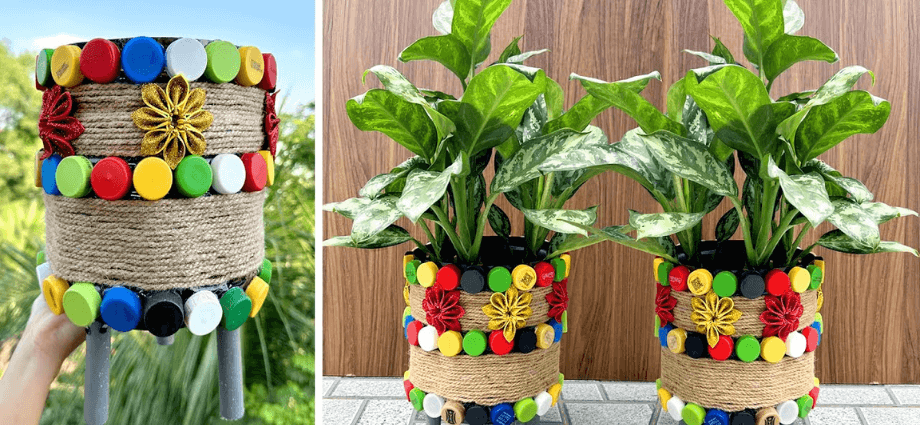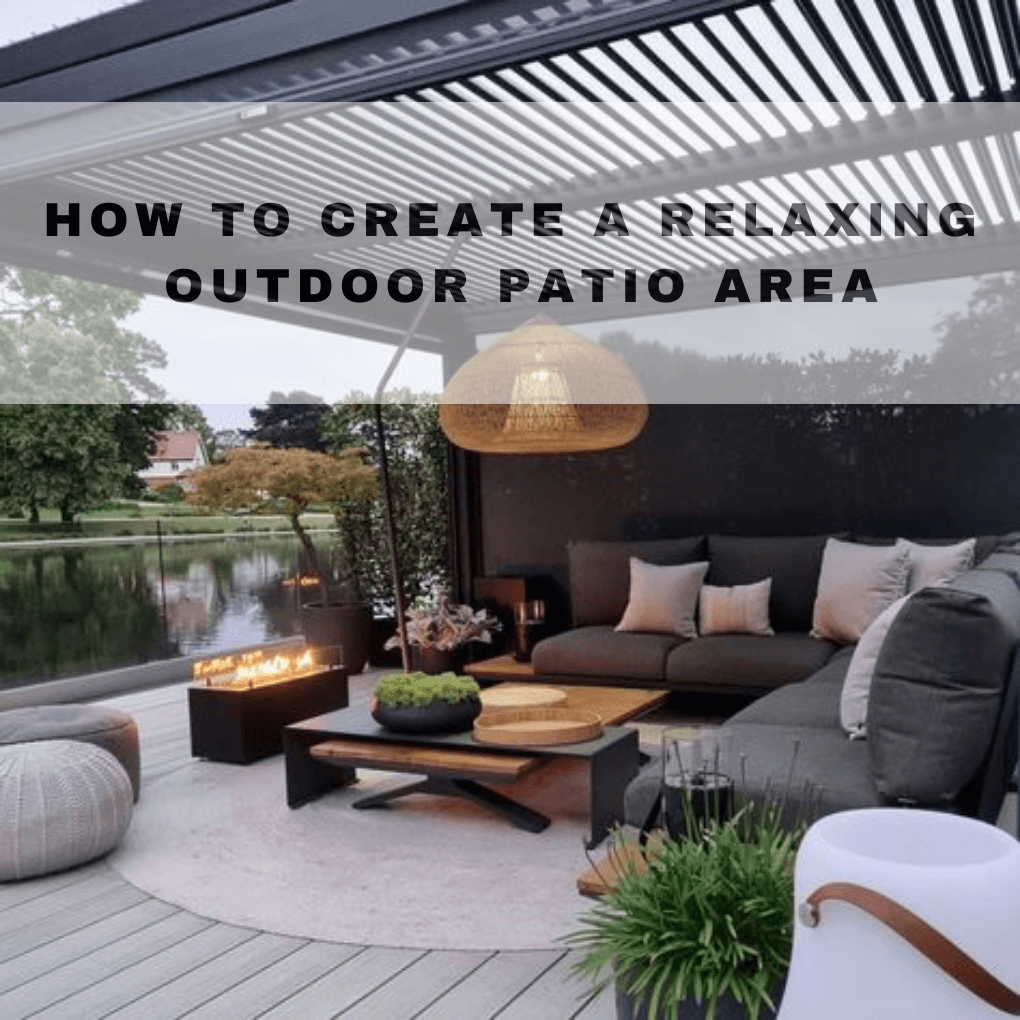Decorative planters are a great way to add style and life to any space, whether it’s your home, garden, or balcony. Making them yourself allows for full customization to match your personal style, giving you control over the design and the materials used. Not only are handmade planters a fun DIY project, but they are also cost-effective since you can repurpose materials you already have around the house.
With a bit of creativity and effort, you can create beautiful planters that make your home more inviting. This guide will walk you through the steps of selecting materials, crafting your planter, and adding the right plants to complete the look. Let’s get started!
Choosing the Right Materials for Your Planter
The first step in creating your decorative planter is selecting the right material. The material you choose impacts the durability, aesthetics, and functionality of the planter.
Common Materials to Consider
- Clay: Clay is a popular material due to its ability to breathe and allow proper drainage for plant roots. It’s best for plants like succulents or herbs that require well-drained soil. Clay planters can be customized by painting them or leaving them unpainted for a more natural look.
- Wood: Wood provides a rustic and natural look, perfect for indoor or outdoor use. It’s easy to cut and shape, allowing for a wide range of designs. Wooden planters should be treated with a sealant or wood preservative to prevent rot, especially if used outdoors.
- Concrete: Concrete planters are ideal for larger plants due to their weight and durability. They offer a modern, industrial aesthetic, and they hold moisture better than other materials, making them suitable for plants that require consistent hydration.
- Plastic: Plastic is an affordable and lightweight option, though it may not offer the same aesthetic appeal as other materials. Plastic planters are ideal for smaller plants or plants that don’t need much attention.
Environmental Impact of Materials
When choosing materials, consider the environmental impact. Opting for eco-friendly materials not only helps reduce waste but can also enhance the uniqueness of your planters. For example, recycled wood is an excellent option that adds character while being sustainable. Bamboo, known for its fast growth rate and renewability, is another great choice. Cork, being biodegradable, works well for small planters and can add a unique texture.
Step-by-Step Guide to Making Your Planter
Once you have selected your materials, it’s time to start crafting your planter. This process involves preparing the materials, assembling the planter, and adding decorative touches to make it your own.
Step 1 – Preparing the Materials
Before starting, gather all the necessary tools and materials:
- Saw (if working with wood or bamboo)
- Sandpaper (to smooth rough edges)
- Glue or screws (for assembly)
- Paint or decorative materials (for finishing touches)
Cut or shape your materials to the desired size. If you’re using wood, measure and cut the pieces to the correct length. Sand down any rough edges to create a smooth surface, making it easier to handle and ensuring the paint will adhere properly. If you’re using concrete, make sure to clean your mold before pouring the mixture to ensure a smooth finish.
Step 2 – Assembling the Planter
Now it’s time to assemble the planter. If you’re working with wood, arrange the pieces in the desired shape and use screws or nails to secure them. For a round planter, you’ll need to shape the wood in a circular form before securing it in place. If you’re using clay or concrete, you may need a mold to shape the planter. When assembling, make sure all the edges are securely fastened to prevent leakage or instability.
Step 3 – Adding Decorative Touches
This is where your creativity can shine. Customize your planter with paint, decorative stones, or other embellishments. You can paint the planter in your favorite color or create unique designs using stencils or tape. If you want to give your planter a rustic look, add twine or burlap to the exterior for extra texture. For added appeal, consider gluing pebbles or moss to the planter’s surface.
Adding Plants to Your Planter
Now that your planter is ready, it’s time to add plants that will complement its design. Be mindful of the plant’s size, sunlight needs, and watering requirements when choosing what to plant.
Choosing the Right Plants for Your Planter
The size of the planter should match the plant you wish to grow. Smaller planters are ideal for succulents, small flowers, or herbs, while larger planters can hold shrubs, small trees, or larger flowers. When selecting plants, consider the light conditions in the space where the planter will be placed. Some plants need full sunlight, while others thrive in partial or full shade. Also, consider the watering needs of your plants; plants that require high moisture may need more frequent watering.
Planting Tips and Maintenance
- Drainage: Ensure your planter has proper drainage holes to prevent water from pooling at the bottom, which can lead to root rot.
- Soil: Choose the right type of soil based on the plant’s requirements. For example, succulents require a well-draining, sandy mix, while ferns need moisture-retaining soil.
- Watering: Water your plants according to their needs. Be sure to check the soil moisture before watering to avoid overwatering.
Creative Ideas for Decorative Planters

Making your planters unique adds an extra layer of personality to your home décor. Here are some ideas to get you started.
Using Color and Texture to Enhance Your Planter
To elevate the look of your planter, experiment with different paint techniques. You can try an ombre effect, where colors gradually transition from light to dark, or use color-blocking to create bold, geometric shapes. Adding texture can also enhance the planter’s appeal. Wrapping it in twine or burlap gives it a rustic and natural feel. Stencils are another great way to add fun patterns or designs to your planters, making them more personalized.
Planter Ideas for Different Spaces
Planters can fit into any space, whether it’s indoors or outdoors. Small planters work well for indoor spaces like kitchens, bathrooms, or desks, where they can brighten up the area with minimal space requirements. Larger planters make a statement in outdoor gardens or patios, giving a lush and vibrant look to your outdoor living space. If you have limited space, hanging planters are an excellent solution, allowing you to create a vertical garden that saves floor space and adds greenery to your home.
Conclusion
Making your own decorative planters is a fun and rewarding project that adds charm to your home or garden. By selecting the right materials, following the assembly steps, and customizing your planter with paint and textures, you can create beautiful and functional planters that reflect your personal style. Whether you use wood, clay, concrete, or plastic, the possibilities are endless.
Remember to choose eco-friendly materials when possible, and take care to match your plants with the appropriate planter size and environmental needs. With a little creativity and effort, your handmade planters will become the perfect addition to your space. Happy planting!





